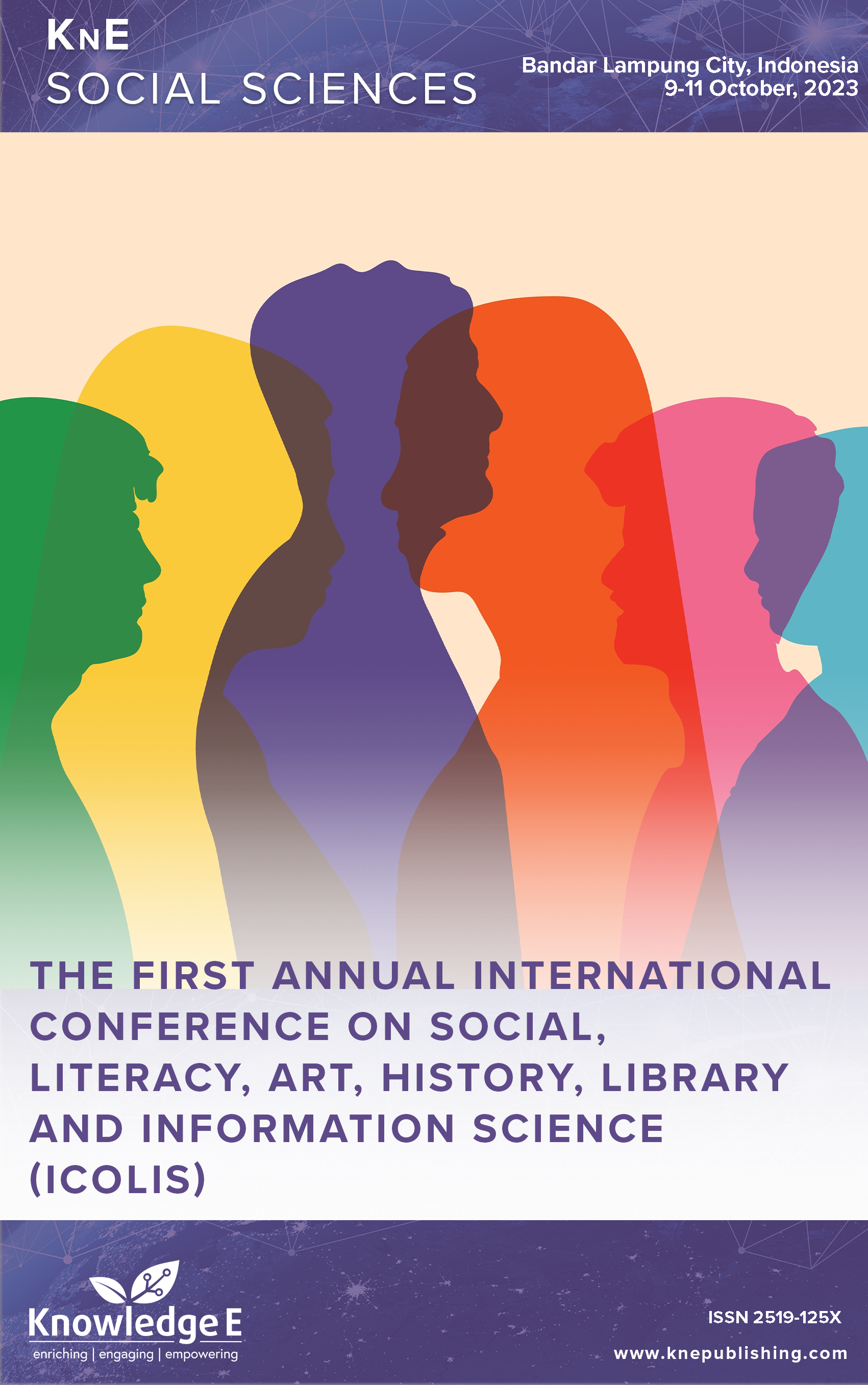Pasai Muslim Diaspora in the 16th Century on the North Coast of Java
DOI:
https://doi.org/10.18502/kss.v9i12.15847Abstract
This research aims to explain the Pasai Muslim diaspora on the North Coast of Java. This research uses historical research methods which include heuristics (primary sources such as Suma Oriental Tome Pires and secondary sources such as Asian Trade and European Influence in the Archipelago between 1500 and around 1630, Sociological Historical Studies of Indonesian Society Volume 1, Islamic Archeology of the Archipelago, Critical Review of History Banten, Sunan Gunung Jati (between Fiction and fact) Grounding Islam with a structural and cultural approach), source criticism, interpretation, and historiography. The results of this research found that the process of the Pasai Muslim diaspora in the North Coast of Java occurred in the 16th century, resulting in the formation of the Cirebon Sultanate. It also shows that the Pasai Muslim diaspora had spread to parts of West Java brought by Sunan Gunung Djati. After controlling the West Java region, Sunan Gunung Djati then founded the Sultanate of Banten, led by his son, Sultan Hassanudin.
Keywords: diaspora, Muslim, Pasai, North Coast of Java
References
Bochari M. Sanggupri, Wiwi Kuswiah. History of the Traditional Kingdom of Cirebon. Jakarta: Ministry of National Education; 2001.
Djajadiningrat H. A critical review of the history of Banten. Jakarta: Djambatan; 1983.
Erwantoro H. A brief history of the Kingdom of Cirebon. Bandung Center for historical preservation and traditional values. 2012;4:170–83. DOI: https://doi.org/10.30959/patanjala.v4i1.130
Fauziyah S. Sunan Gunung Jati’s Progress in Building Islamic Political Power in West Java. Tsaqofiah: Journal of Religion and Culture. 2015;13:85–98.
Hamid AR. The Spice Route and the Islamization of the Archipelago: The Pasai Ocean Network of the XIII-XVI Centuries. Journal of Society and Culture. 2021;3(23):269– 82.
Hamka. History of the Muslims (New Edition). National Library PTE LTD Singapore, 1994.
Hernawan, Wawan, and Ading Kusdiana. Biography of Sunan Gunung Djati (The Religious Stylist in the Land of Sunda). lP2M UIN Sunan Gunung Djati Bandung, 2020.
Khoiroh FA. “The Role of Sunan Gunung Jati in the Spread of Islam in Cirebon in 1480-1570 AD.” Thesis...
Lombard D. Nusa Java: Cross-Culture 2 (Asian Network). Jakarta: Gramedia Pustaka Utama; 2005.
Maryam. “The Transformation of Cultural Islam into Structural (Study of the Kingdom of Demak).” Tsaqofah &. Date. 2016;1:64–76. DOI: https://doi.org/10.29300/ttjksi.v1i1.864
Meilink-Roelofsz MA. Asian trade & European influence in the archipelago between 1500 and about 1630. Yogyakarta: Waves; 2016.
Muljana S. The collapse of the Hindu-Javanese kingdom and the emergence of Islamic states in the archipelago. Yogyakarta: Lkis; 2005.
Pires T. Suma Oriental ( Journey from the Red Sea to China &; Francisco Rodrigues’ book. Yogyakarta: Waves, 2018.
Schrieke BJ. Sociological Historical Study of Indonesian Society. Volume 1. Yogyakarta: Waves; 2016.
Tjandrasasmita U. Islamic Archaeology of the Archipelago. Jakarta: Gramedia Popular Literature; 2009.
Wildan D. Sunan Gunung Jati (Between Fiction and Fact) Islamic grounding with structural and cultural approach. Bandung: Humanities; 2002.

